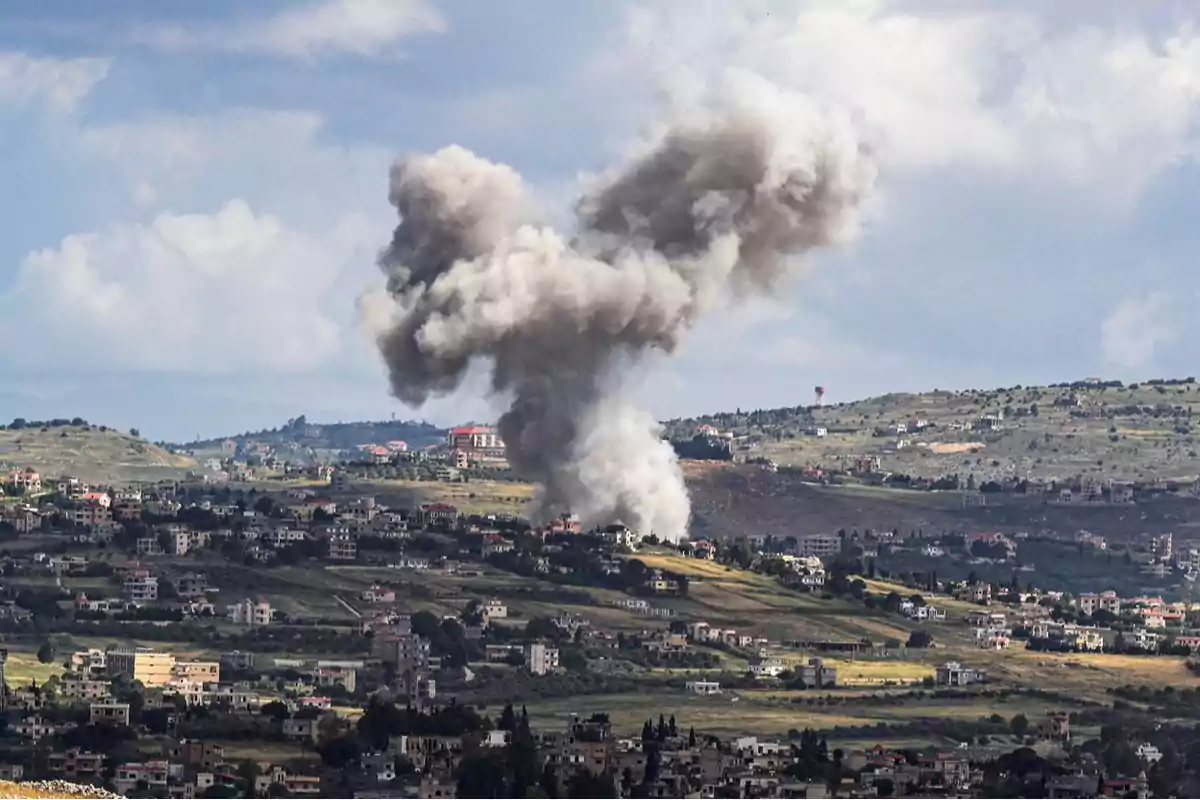
Israel launched a massive attack against Hezbollah following provocations from Lebanon.
The Israeli armed forces launched one of the largest attacks against Hezbollah terrorist positions in Beirut in response to a missile attack
On Friday morning, two rockets were fired from Lebanon toward northern Israel, prompting the Israeli army to carry out a series of attacks in southern Lebanon and later, in the capital Beirut.
This was the first such attack since the ceasefire came into effect in November 2024, which ended more than a year of clashes with the terrorist group Hezbollah.
According to the Israeli army, one of the rockets was intercepted by the "Iron Dome" defense system, while the other fell within Lebanese territory. Alert sirens sounded in the Israeli city of Kiryat Shmona and in the nearby communities of Tel Hai, Margaliot, and Misgav Am.
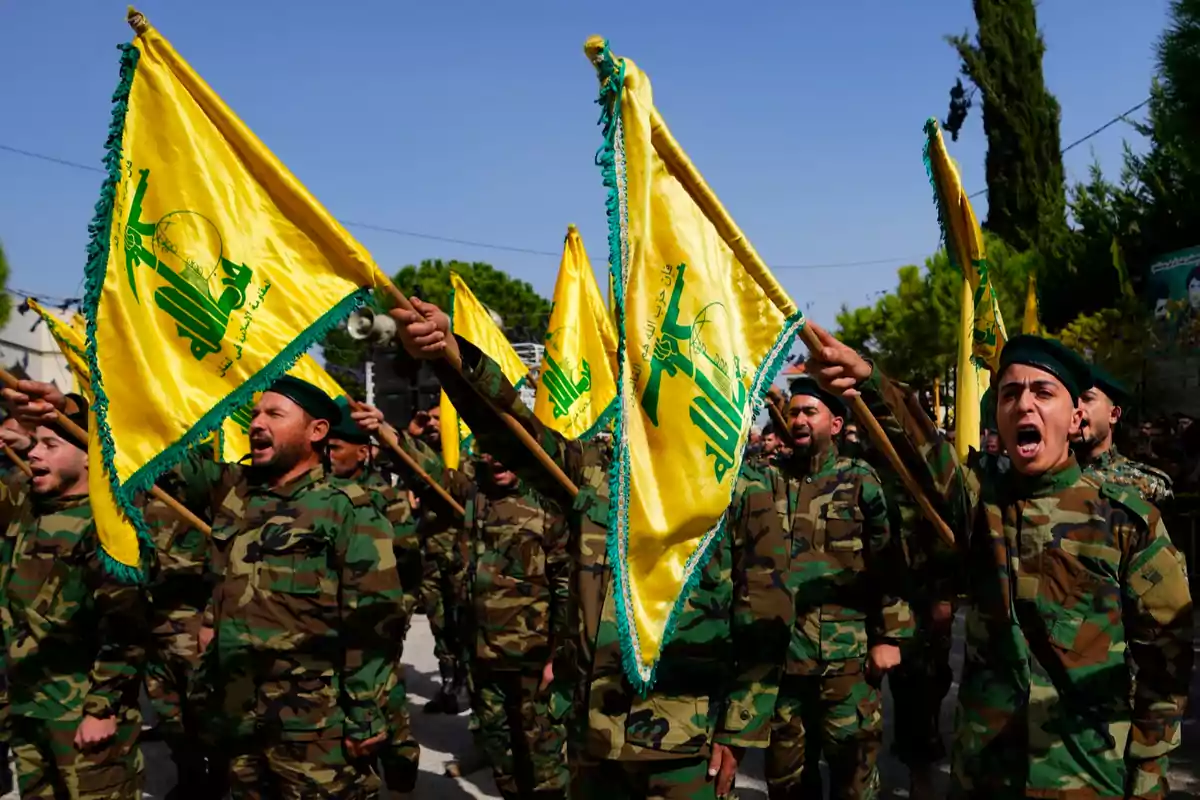
This attack was the second in a week, after three rockets were fired at Metula on March 22, marking the first violation of the ceasefire since its implementation on November 27.
A senior Hezbollah official denied any link to the attack, claiming that the rocket launch was part of a "suspicious" attempt to give Israel pretexts to continue its aggression against Lebanon.
Meanwhile, the Lebanese Prime Minister, Nawaf Salam, condemned the attacks and called for the Lebanese army to identify and arrest those responsible.
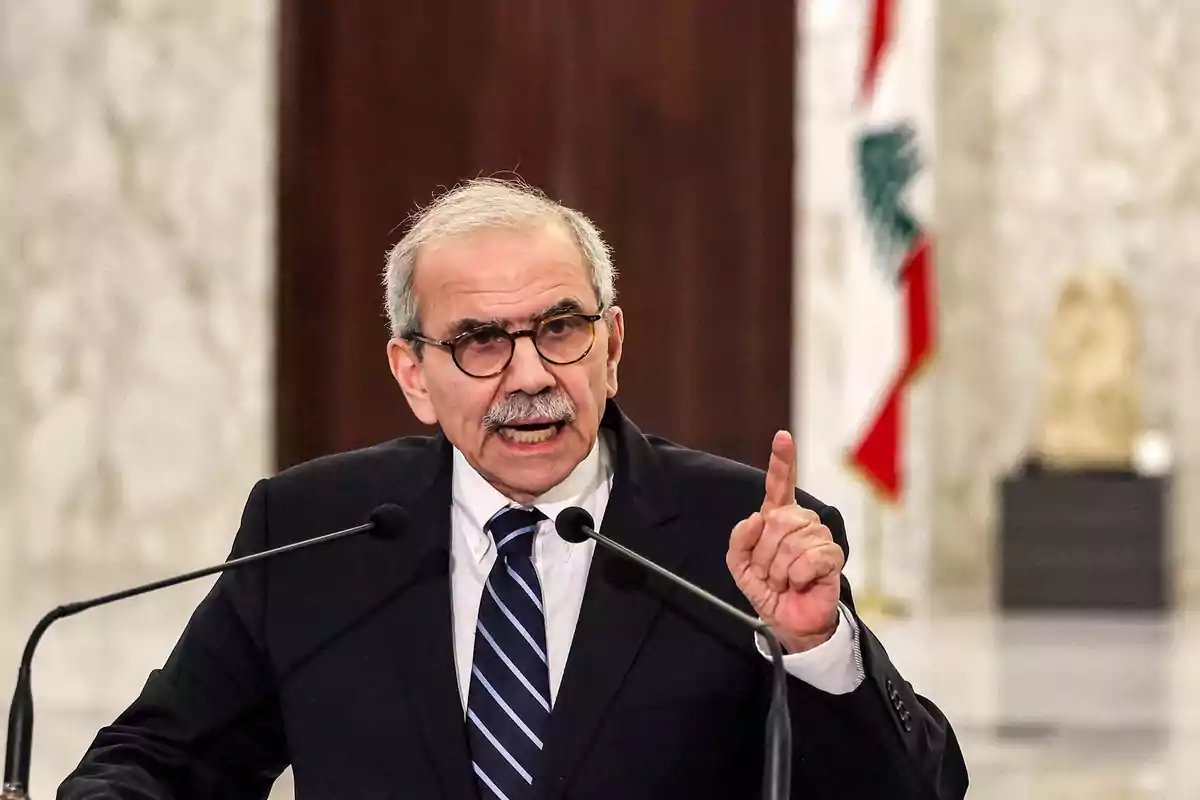
In response to the attack, the Israel Defense Forces (IDF) carried out a series of bombings in southern Lebanon, and later destroyed a building in Beirut, which was used by Hezbollah as a drone warehouse.
This building belonged to Hezbollah's Unit 127, responsible for carrying out drone attacks loaded with explosives against Israel and conducting aerial intelligence missions.
The Israeli army also warned residents of the area before launching the attacks, a measure not seen since the last time Israel attacked Hezbollah sites in Beirut in November 2024, hours before the ceasefire came into effect.
The Israeli army noted that Hezbollah places its terrorist infrastructure in densely populated areas, putting civilians at risk and turning them into "human shields."
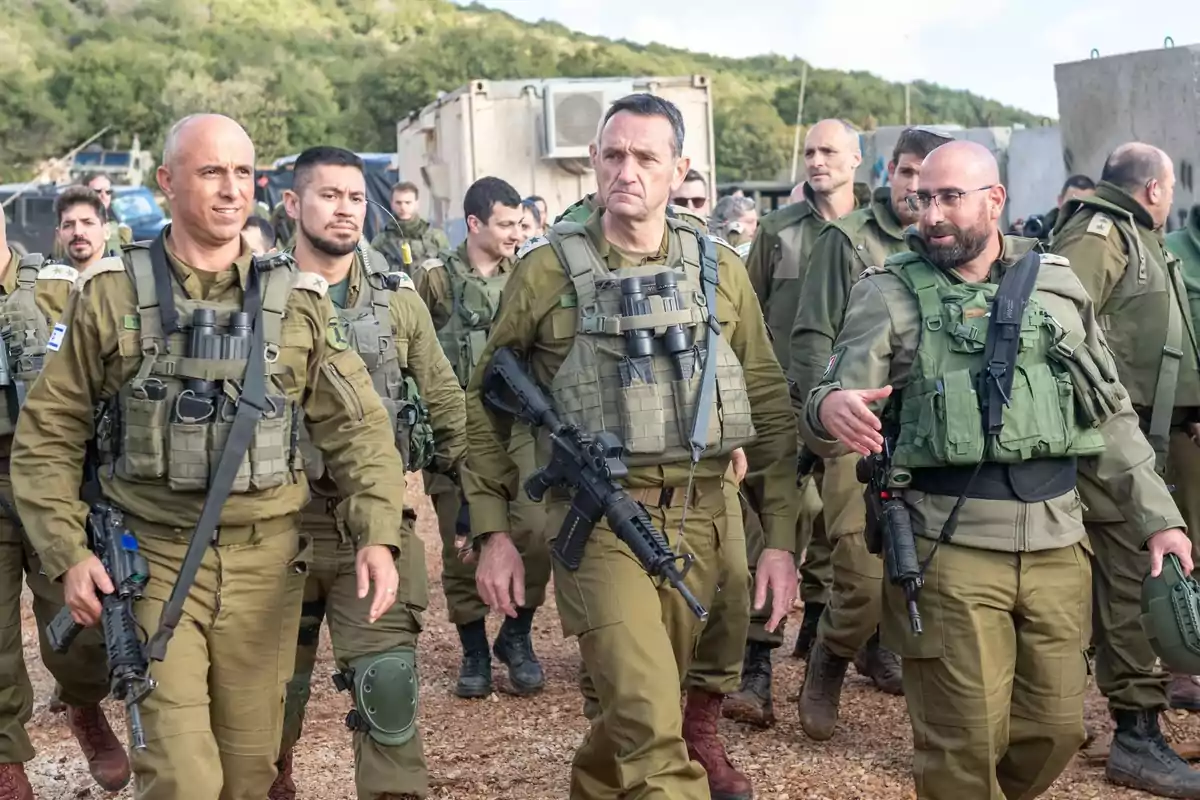
Israel's Defense Minister, Israel Katz, warned that "the fate of Kiryat Shmona is the same as that of Beirut," making a clear threat toward the Lebanese capital.
He also held the Lebanese government responsible for any attack from Lebanon toward the Galilee region in northern Israel, and stated that Israel would take strong measures to ensure the safety of its citizens in that area.
According to reports from Hezbollah and Lebanese media, the areas attacked in southern Lebanon included the surroundings of Qaaqaait al-Jisr and the city of Khiam, in the Nabatieh region.
Since the conclusion of the war in 2024, Israel has continued attacking Hezbollah operatives and members of other terrorist groups in Lebanon, stating that they violate the ceasefire agreement.
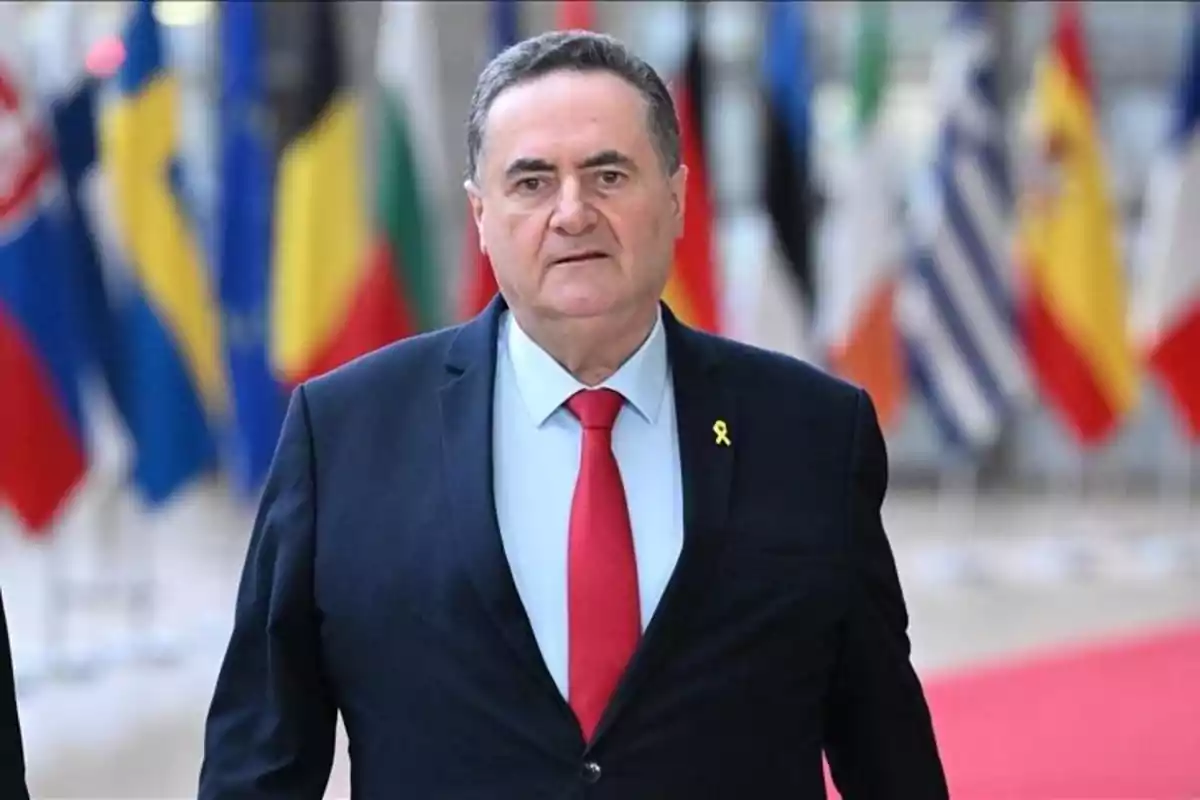
According to the agreement, Hezbollah was to withdraw its forces north of the Litani River, about 18.6 miles from the Israeli border, and dismantle its military infrastructure in southern Lebanon.
The Lebanese army was to take control of that area, while Israel was to withdraw its troops from the south of the country, although it maintained the right to respond to immediate threats.
Although the Israeli withdrawal from Lebanon was initially postponed, with the approval of the United States and Lebanon, Israel completed its withdrawal in February 2025, leaving only five strategic posts along the border.
Despite this, tensions persist, and attacks like those that occurred this Friday continue to mark the instability in the region.
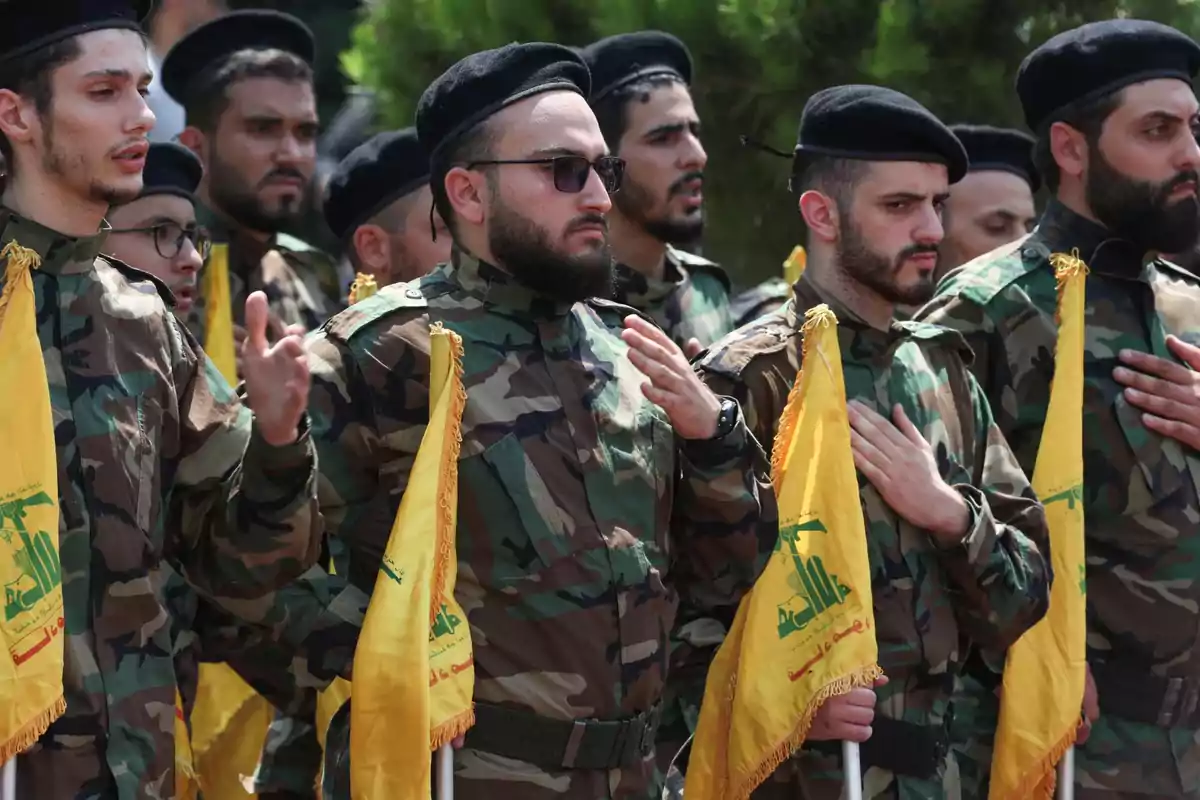
More posts: